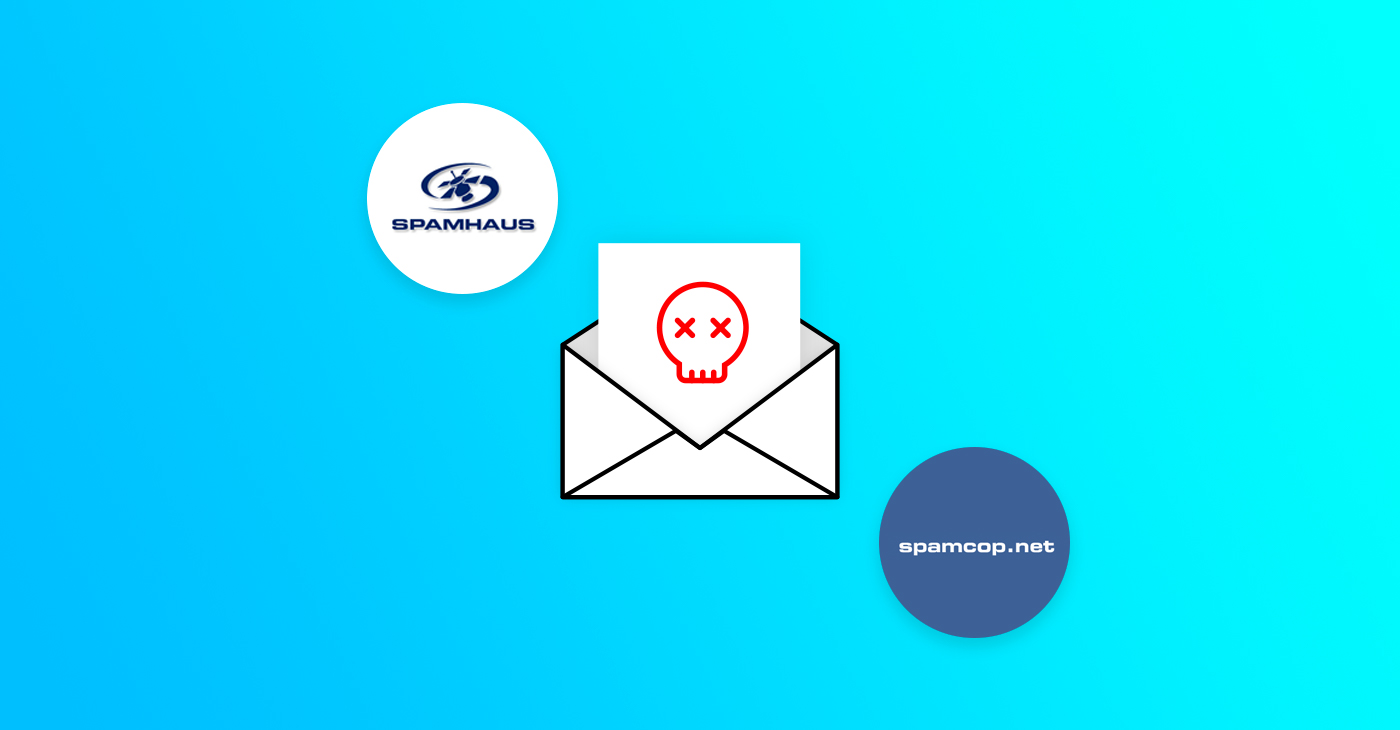
Email delivers a return on investment of 3600%, making it the best digital marketing strategy. The fact that email is free and highly effective means it’s prime for driving revenue. However, there’s one nuisance that hangs around email marketing like a bad smell, and that’s junk email.
As of September 2021, out of 105 billion emails sent every day, more than 88 billion were spam emails, per a Statista report. Put simply, more than 84% of emails sent in September 2021 went straight to the spam folder. However, spam emails are nothing new; it’s an inevitable side effect of email marketing.
Why is Spam Email Such a Problem?
Regardless, junk email is a nuisance for you and your email subscribers. As an email marketer, getting your message to the inbox is your biggest priority, and if you hit major ISPs’ spam traps, they can permanently blacklist your domain. What’s more, hitting a spam trap damages your sender reputation, causing low deliverability and an increased bounce rate.
What is Spamhaus?
Spamhaus is an international non-profit organization that helps the majority of Internet Service Providers, ESPs, corporations, and other security vendors by tracking spammers and blocking the vast majority of spam and malware sent over the internet. It provides several blacklists which can be used by mailbox providers for protection against spam-like activities. Here are some of their blacklists explained:
- SBL – The Spamhaus Block List is the collection of IP addresses from which Spamhaus doesn’t recommend the receipt of email. It is maintained by a devoted team of investigators spread over several countries.
- XBL – Exploits Block List is a real-time database of IP addresses of hijacked PCs infected by illegal 3rd party exploits, including open proxies (HTTP, socks, AnalogX, Wingate, etc.), worms/viruses with built-in spam engines, and other types of trojan-horse exploits.
- PBL – The Policy Block List is a DNSBL database of end-user IP address ranges that should not be delivering unauthenticated SMTP emails to any Internet mail server, except those provided specifically by an ISP for that customer’s use. The PBL helps networks enforce their Acceptable Use Policy for dynamic and non-MTA customer IP ranges.
- DBL – The Domain Block List is a real-time database of domains (typically website domains) found in spam messages. Mail server software capable of scanning email message body contents for URIs can use the DBL to identify, classify or reject spam containing DBL-listed domains.
- ZEN – This Spamhaus list combines all of the blocklist zones. It is the most recommended, as it integrates the feature of SBL, XBL, and PBL. Rather, you should be using only zen.spamhaus.org in your IP blocklist configuration. Never use ZEN together with other Spamhaus IP blocklists, as it will simply be wasting DNS queries and slowing your mail queue.
What is SpamCop?
Spamcop is the premium service for reporting spam, and it gets its list by crawling the internet and from users that report spam. Spamcop discovers the genesis of unwanted email and reports it to the pertinent Internet Service providers. Its reporting service is free, and you can get started here.
What is the SpamCop Blocking List (SCBL)?
The SpamCop Blocking List (SCBL) is a combative spam-fighting tool that indexes IP addresses that have transmitted reported emails to SpamCop users. The SCBL is a quick and automatic list of sites sending reported mail, with multiple report sources, including automated reports and SpamCop user submissions. The SCBL also quickly and automatically delists these sites when reports cease.
You can read about the working rules of SCBL and its implementation here.
Why Being on Spamhaus and SpamCop List is Detrimental
Like other anti-spam organizations, Spamhaus and SpamCop operate spam traps. If you hit their spam traps and continue with poor-sending practices, they add your domain or IP address to their reject list.
Spamhaus or SpamCop use the blocklist to filter incoming emails. That means, if your IP address is on the list, delivery of your emails to all ISPs — as well as companies that consult Spamhaus and SpamCop databases — will be blocked. Potential investors or partners could be blocked from seeing your emails, and that could cost you revenue.
Some of the major ISPs that use Spamhaus databases include AOL, Yahoo, and Hotmail. Moreover, numerous corporate email servers use Spamhaus.
Tips for Staying Off Spamhaus and SpamCop Lists
Getting out of Spamhaus or SpamCop blocklist isn’t straightforward. It can take some time to get delisted. As disheartening as that sounds, it epitomizes the reason why you shouldn’t get on these lists in the first place.
Here are some email best practices to avoid getting listed on the blocklist:
- Put a double opt-in option on your signup forms to ensure new subscribers submit complete email addresses. Remember, fake emails or those that contain typos, for example, “gnail” instead of “gmail,” puts you at risk of falling into the spam trap.
- Prune your subscriber lists regularly to keep them up-to-date.
- Confirm the reputation of your sending domain and IP address. Also, use a professional sender address — such as content@yourdomain.com.
- Don’t use spam triggers in your email body.
- Don’t overuse special characters and capital letters.
- Maintain a good image-to-text ratio in the email body and avoid adding too many links.
- Adhere to standard email practices such as SPF, dkim, and dmarc.
- Give subscribers an option to opt out. If there’s no unsubscribe link, too many people might mark your email as spam, and that could get you blocklisted.
- Use a strong password, two-factor authentication, and other practices to keep hackers and spammers off your email account.
Following these best practices minimizes the risk of hitting spam traps. However, your IP or domain may still become prey to spam traps, either by technical or user error. In that case, you may request the anti-spam organization to delist your IP.
What to do if You are Listed on a Spamhaus’s or Spamcop’s Blacklist
Take Prompt Action
To know if you are listed on Spamhaus, enter your IP address or domain name here. If you are blocked on Spamhaus, getting delisted should be your first concern as it will affect your deliverability. Review your recent email sends to find the possible issues that triggered the blacklisting. Gauze your list for bounces and inactive email IDs.
Resolve the Issue
Before you write a request for delisting, be sure to:
- Reevaluate your contact list and remove purchased or third-party email addresses. Besides that, clean up your list to retain accurate and active addresses.
- Remove hard bounce emails from your contact list.
- Review your recent campaign to reveal any malpractice that may have triggered the blocklisting.
As soon as you complete the above checklist, follow the delisting process here. While completing the delist form, briefly inform them that you have fixed the issue. Once you are removed from a blacklist, make sure to monitor metrics like complain rates, unknown user rates, and spam trap hits proactively. Also, focus on repairing your sender’s reputation. This could mean sending emails to your most active subscribers for a predefined period.



